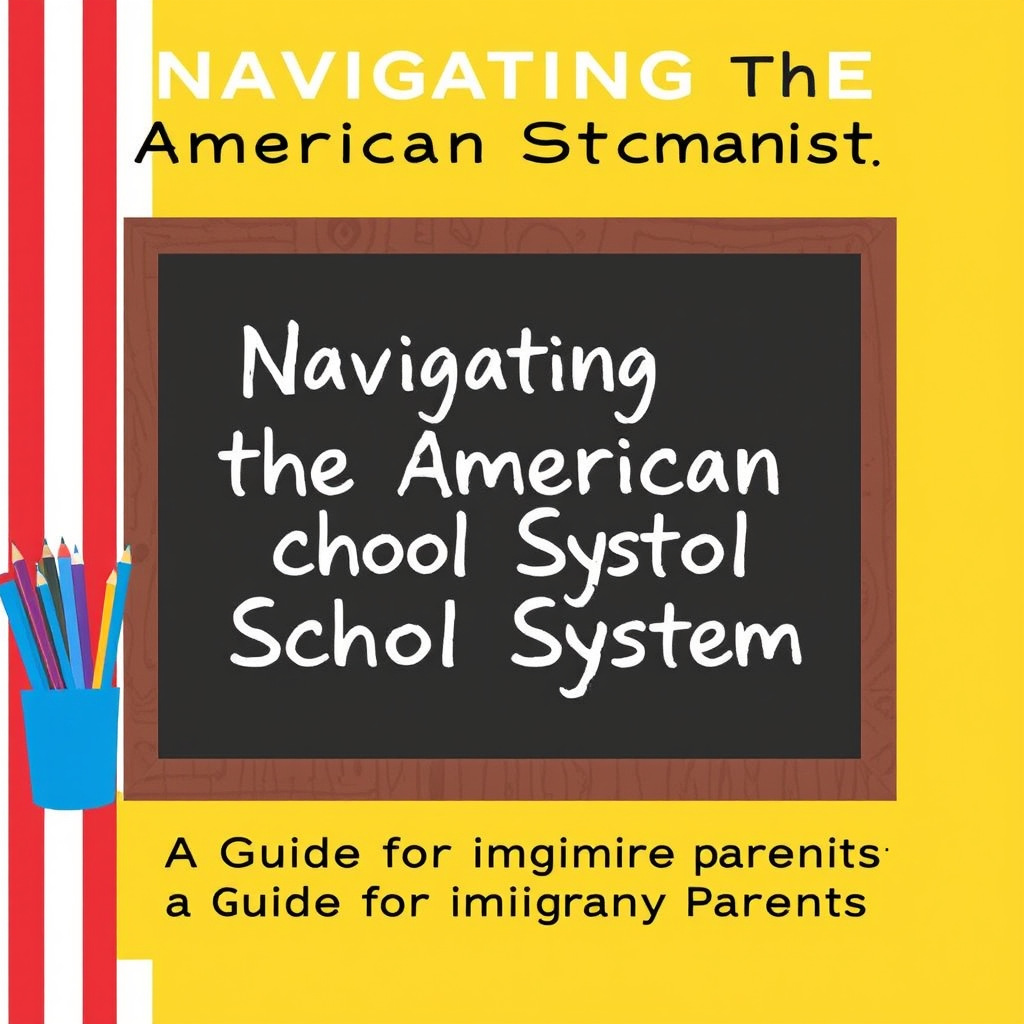Navigating the American School System: A Guide for Immigrant Parents

Table of Contents
Introduction
Moving to a new country is a significant life event, and ensuring your children's education is a top priority. The American school system can seem complex and unfamiliar to immigrant parents. This guide aims to provide a clear understanding of the system, the enrollment process, curriculum, resources, and how you can actively participate in your child's education.
Understanding the American School System
The American education system is structured differently from many other countries. It's essential to grasp the basics to effectively advocate for your child's needs.
School Levels
- Elementary School (Kindergarten - 5th Grade): Focuses on fundamental skills in reading, writing, and arithmetic.
- Middle School (6th - 8th Grade): Introduces more specialized subjects and prepares students for high school.
- High School (9th - 12th Grade): Offers a broader range of courses, including electives and advanced placement (AP) classes, leading to a high school diploma.
Public vs. Private Schools
- Public Schools: Funded by taxes and free to attend for residents of the district.
- Private Schools: Funded by tuition and donations; may offer specialized programs or religious instruction.
The Enrollment Process
Enrolling your child in an American school involves specific steps and required documentation.
Required Documents
- Proof of Residency: Utility bill, lease agreement, or property tax statement.
- Child's Birth Certificate: To verify age and identity.
- Immunization Records: Proof of required vaccinations.
- School Records: Transcripts from previous schools, if available.
Language Assessment
Many schools assess the English language proficiency of new students. This helps determine if they require additional support, such as ESL programs.
Curriculum and Grading
Understanding the curriculum and grading system is crucial for tracking your child's academic progress.
Core Subjects
The core subjects typically include:
- Math
- Science
- English Language Arts (Reading, Writing)
- Social Studies (History, Geography)
Grading System
The grading system usually consists of letter grades (A, B, C, D, F), with A being the highest and F being failing. Some schools also use percentages or GPA (Grade Point Average).
Resources and Support for Immigrant Families
Schools and communities offer various resources to support immigrant families.
ESL Programs
English as a Second Language (ESL) programs provide language support to students who are not native English speakers. These programs help students develop their English skills in reading, writing, listening, and speaking.
Parent-Teacher Organizations (PTOs)
PTOs are organizations composed of parents and teachers who work together to support the school and its students. They often organize fundraising events, volunteer activities, and parent education workshops.
The Importance of Parental Involvement
Active parental involvement is strongly correlated with student success. This includes:
- Attending school events
- Communicating with teachers
- Helping with homework
- Monitoring academic progress
Communication with the School
Maintaining open communication with your child's school is essential. This includes attending parent-teacher conferences, responding to school communications, and reaching out to teachers or administrators with any concerns. Don't hesitate to ask for clarification if something is unclear.
Frequently Asked Questions (FAQ)
Q: How do I find the right school for my child?
A: Start by researching schools in your neighborhood. Consider factors like school ratings, programs offered, and the school's environment. Visit schools, talk to other parents, and attend school events if possible. Contact the school district for zoning information to determine which school your child is assigned to based on your address.
Q: What if my child is struggling academically?
A: Communicate with your child's teacher to understand the specific challenges. Explore tutoring options, after-school programs, or additional support services offered by the school. Work with the teacher to develop a plan to help your child improve.
Q: How can I help my child adjust to a new school and culture?
A: Be supportive and understanding. Encourage your child to participate in extracurricular activities to make friends. Talk to them about their experiences and any challenges they face. Connect with other immigrant families for support and shared experiences.
Q: My English is not very good. How can I still communicate effectively with the school?
A: Many schools have staff members who speak multiple languages. Ask if there is someone who can translate for you. You can also bring a friend or family member to translate at meetings. Some schools also offer translation services. Don't be afraid to ask for help!
Conclusion
Navigating the American school system as an immigrant parent can be challenging, but with information, resources, and active involvement, you can ensure your child receives a quality education. Remember the words, "Balance does not mean eternal peace, but how we handle imbalance." Embrace the process, ask questions, and advocate for your child's needs. Your involvement is a key factor in their success.


Comments
Post a Comment